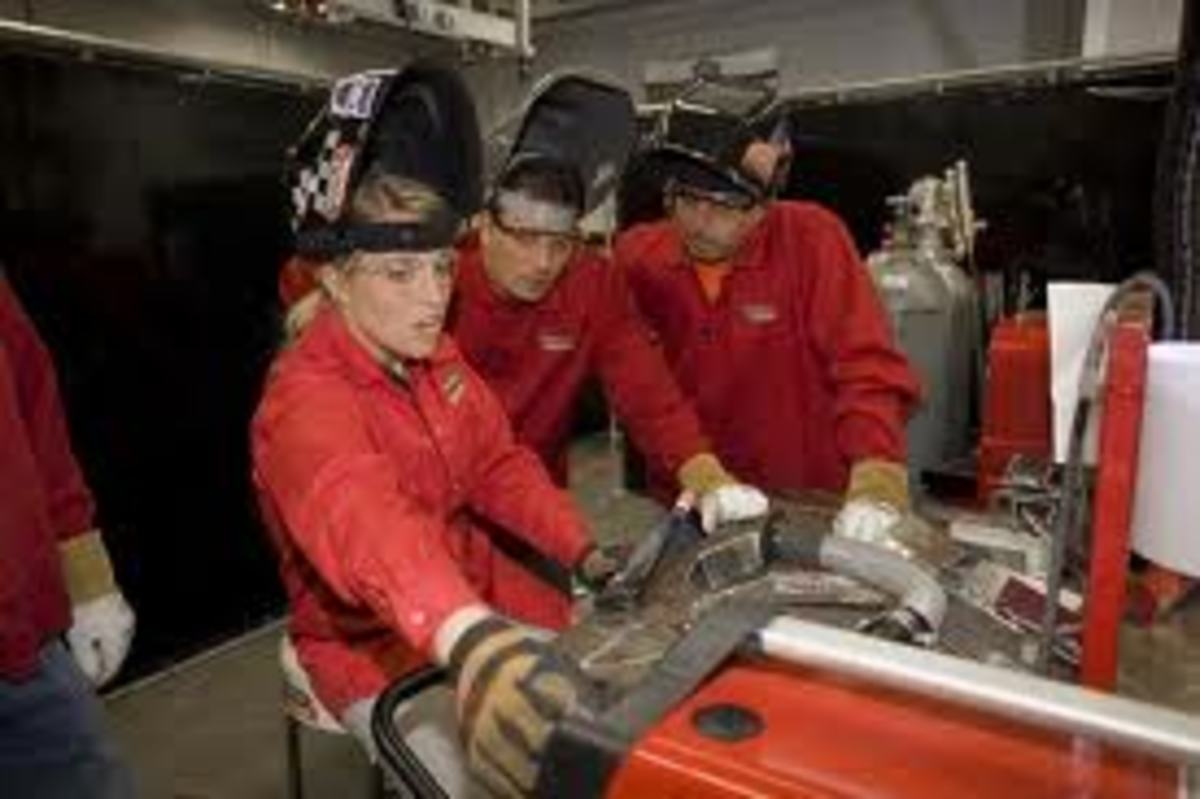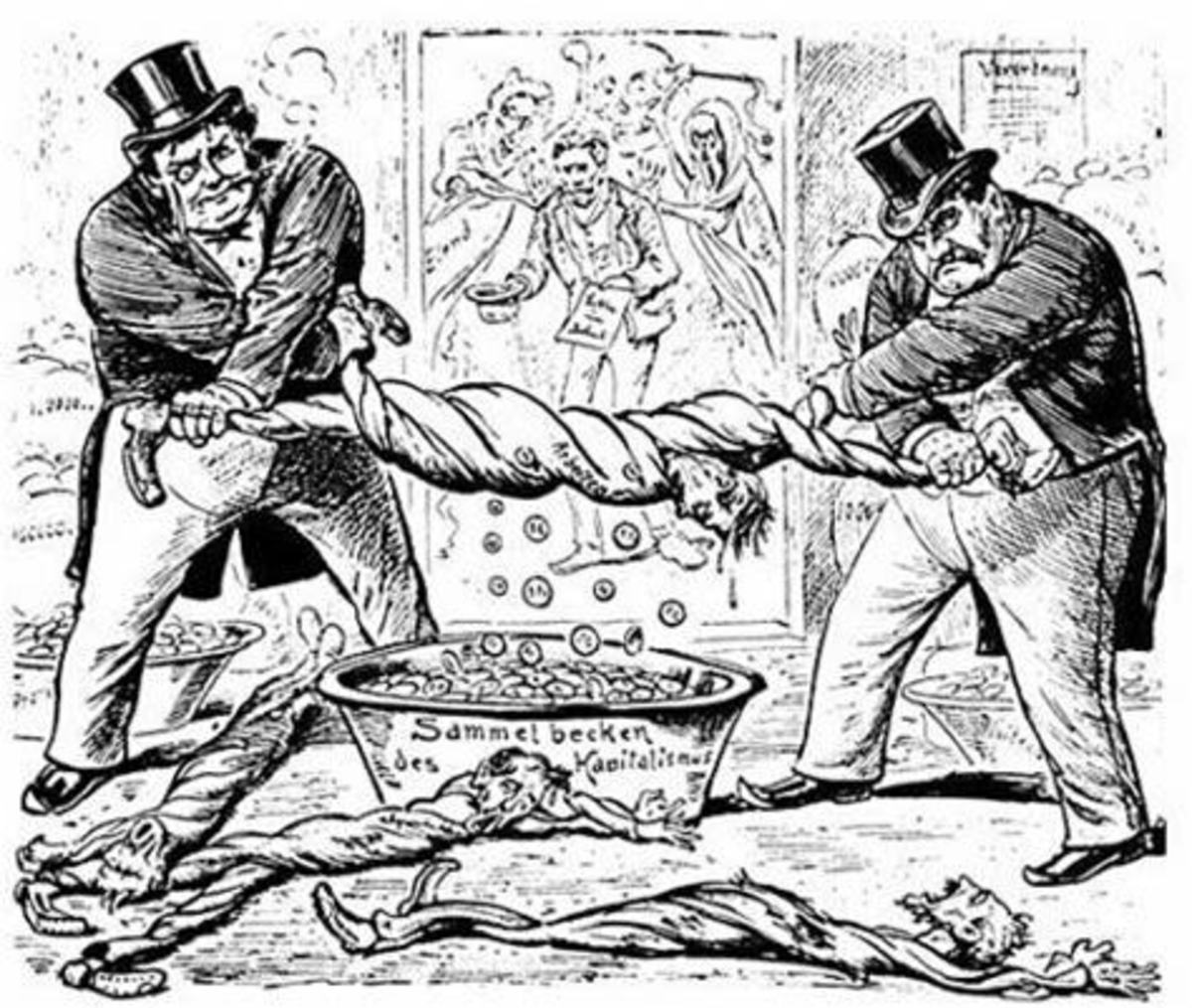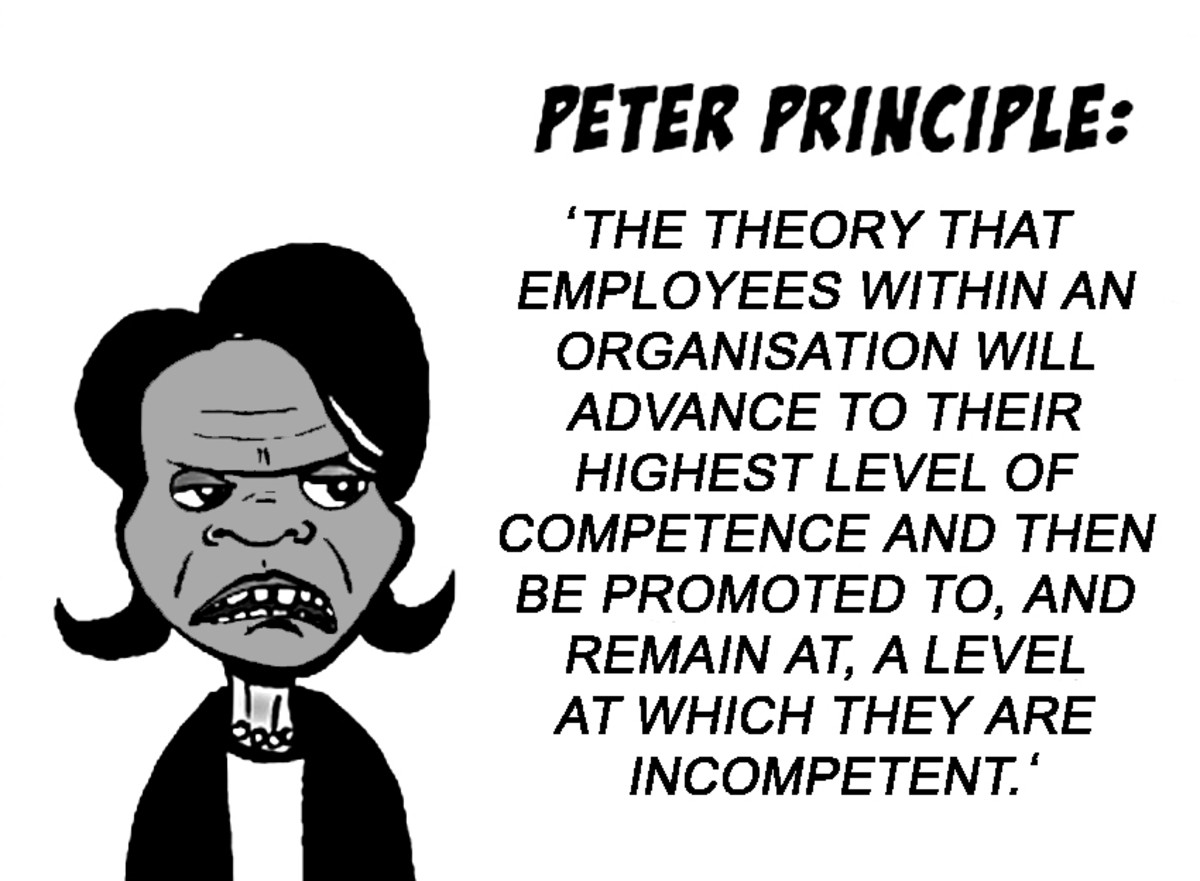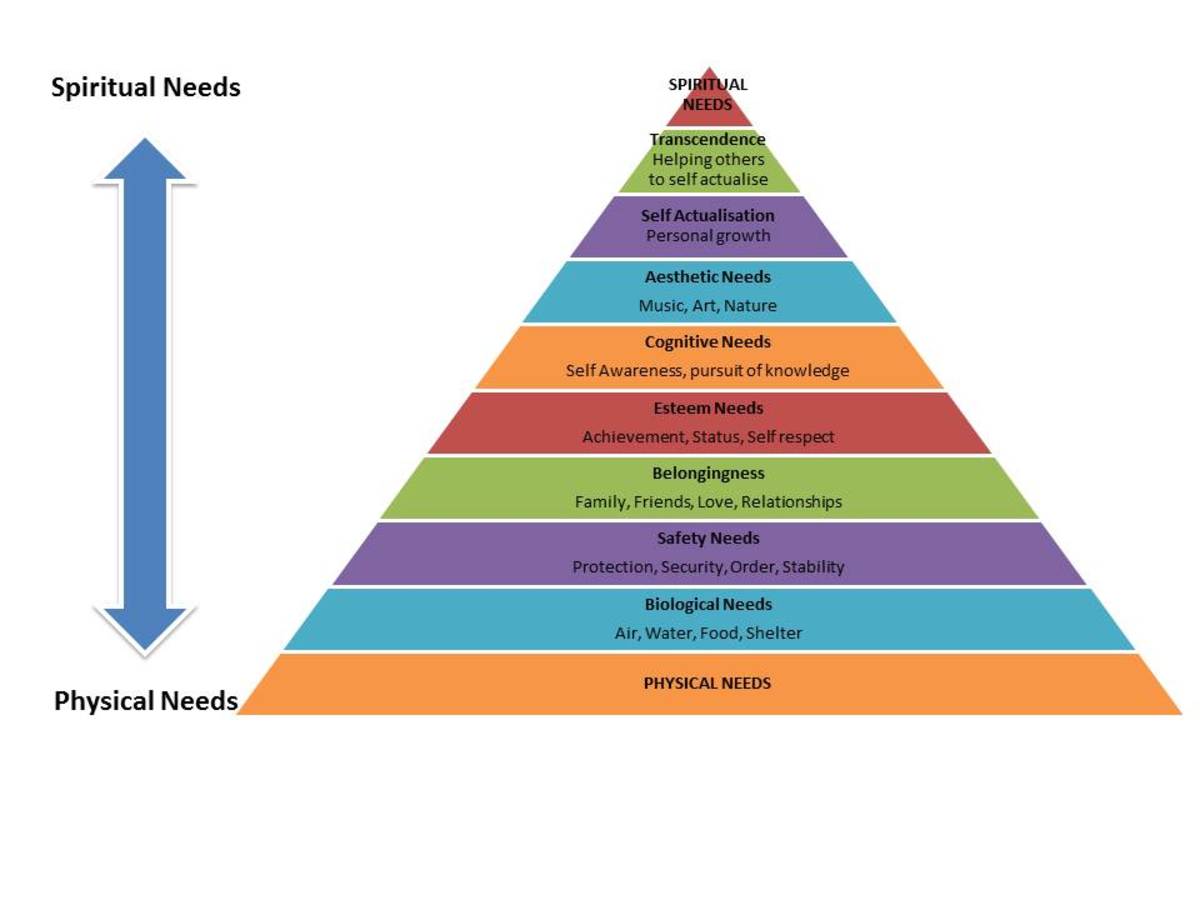Motivational Theories in Business
Introduction
A key aspect in the modern world of business is motivation. It is the cornerstone of any business and in life for that matter. It is why we wake up in the morning. Consider this, we as humans need reasons to do the things that we do. We never just act without a purpose. This is why without motivation our World would crumble beneath us. Motivation in the business sense is an incentive to complete a task at hand. Remember that motivation does not have to be some big speech by our employer. Motivation materializes in many forms and differs between each individual. The famous aerospace businessman Norman Ralph Augustine said “Motivation will almost always beat mere talent.” There are many theories put forward about the concept of motivation, however it is best to examine and compare those set forth by Taylor, Mayo, Maslow and Herzberg to gain a complete understanding of the different types of motivational factors in business.
Frederick Taylor's theory
The earliest theory on the topic of motivation in the workplace was proposed by Frederick Winslow Taylor (1856 – 1917). His theory was that employees were solely motivated by the incentive of money. He developed this theory from a previous theory of his known as the theory of scientific management. He believed that employees naturally tended to dislike working, thus business could only be productive if workers were supervised and monitored continuously. Managers would need to break down production tasks into a sequence of simple units. Workers would be given appropriate tools and training to complete their task at hand. They would do the same task repeatedly and get paid according to the number of units they produced in a specified time period, known as the time/ per ca pita pay framework. A consequence of this is that workers would be motivated to produce at maximum capacity. This is the basis of what became more commonly known as Taylor’s incentivized production theory or his “motivate by pay” theory.

Importance of Taylor's Theory
Allow me to give you a perspective on just how important Taylor’s simple motivation theory was. Businesses at the time decided to implement his theory and it went viral. Businesses saw the benefits when productivity levels increased and unit costs decreased. The most prominent implementer being Henry Ford, the founder of Ford and creator of the first motor vehicle. Thus began the era of mass production. Taylors’ theory is closely linked with that of an autocratic management style. Every theory however fundamental it may have been has its’ flaws. Workers soon began to feel bored doing the same task repetitively. Mentally they felt degraded and dissatisfied. This led to strikes and industrial uproar. Businesses have been applying this theory for over a century now and the way to do it is as described above.
Elton Mayo's Theory
This led to the second theory of motivation proposed by Elton Mayo (1880 – 1949) in order to fill the void left by Taylor’s theory. He was of the opinion that workers were more productive when their social needs were met. These needs included increased communication between co-workers and management, teamwork, and a greater involvement from management. He now needed to test his theory. He did this by conducting subsequent experiments at the Hawthorne factory of the Western Electric Company in Chicago. He implemented systems which encouraged these three facets. As expected his theory was correct. Production increased drastically and unit costs decreased just by treating workers as people and not human machines as was the situation in Taylor’s theory. Businesses may implement the theory of human relation by encouraging team work and by dividing work into small departments rather than single tasks which also directly contrasts Taylors’ theory. His theory most closely relates to a paternalistic style of management.

Abraham Maslow's Theory
The third theory rather than contrasting the previous two expanded on them. Abraham Maslow (1908 – 1970) believed that in order to gain optimal productivity from workers five needs had to be met in a hierarchy structure. This way as they progress up the hierarchy they feel a sense of achievement and are motivated by the goals they need to meet in order to move up a level. An example would be someone who cannot find food. His first goal would be to get paid (physiological) and then job security (safety) and so forth. Maslow’s five needs are physiological, safety, social, esteem and self-actualization. His theory is based on the human need to satisfy all these psychological factors of their lives and is known as the Neo-Human Relations Theory or The Maslow Hierarchy of Needs theory. Businesses can implement this by offering incentives to workers to progress up the hierarchy and customizing each incentive to suit the needs of each individual.

Frederick Herzberg's Theory
The most recent theory proposed in relation to motivation in the business is the Two Factor Theory set forth by Frederick Herzberg (1923-). In addition to this he worked on the Hierarchy of needs theory with Maslow. His theory consisted of two aspects. The motivators and the hygiene factors. Motivators are interested in the actual content and nature of their job. The interest factor of the job and opportunity the job provides for responsibility, growth and promotion. Hygiene factors are aspects that surround a job such as amount of pay and working conditions. When present these factors only do as much as motivating the employee to be present at work but does not guarantee that he/she will do a good job while at work. This is where Herzberg contrasts Taylor. Herzberg interpreted pay as a Hygiene factor whereas Taylor based his entire theory on pay. Herzberg believed that businesses should adopt a more democratic approach to management. In addition to this they should improve the actual nature of the job by implementing job enlargement (variety of tasks), job enrichment (complex range of challenging tasks), and empowerment (allow employees to make some decisions as well).
Implementation
These theories are not just for admiration. Major companies such as Tesco have implemented the Maslow and Herzberg theories in their production sector and business. One of the largest cooperation’s in the world, McDonalds, has been and currently still implements the Maslow theory. The Maslow theory has actually been used in 95% of recognized companies worldwide. This is quite an achievement for a “theory”. It has become more like a proven strategy in the modern business world. The above companies also incorporate aspects of the Mayo theory in their respective businesses.
In a recent study conducted by psychologist Susan David, she showed that 96% of employees in her test group were not motivated by pay, in fact when asked about their motivation to work they did not even mention the word “money”. Many employees mentioned “empowered”, “sense of belonging” etc.

Conclusion
In conclusion, it is clear that the four theories contrast in many ways. The Herzberg theory contradicts the pay system of Taylor’s theory and vice versa. The Mayo theory contradicts all the rest as his theory only focused on social needs and no other factors. I have comprehensively portrayed the contrasts of these theories above. I have however also portrayed many similarities wherein the theories complement each other, e.g. the Taylor and Maslow theories are both based fundamentally on money. Considering all the above factors I can conclude that what motivates employees to work at optimal level differs between different periods in time, demographic conditions, educational levels etc. A method that worked in the 80's might not be suitable now. In order to find out what motivates their employees business need to conduct an in depth research of a number of factors within their business and from outside forces in order to implement a plan that provides the most motivated workforce for their particular business.








